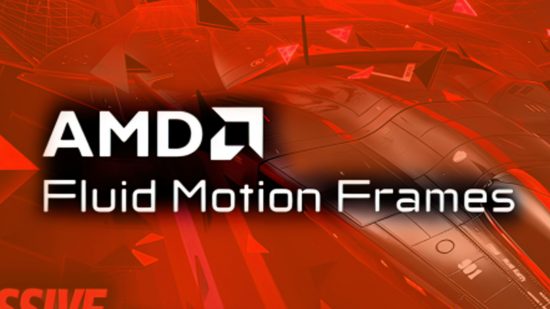AMD has announced the latest iteration of its Fluid Motion Frames technology, claiming it greatly improves on the stuttering and bad frame pacing that had affected previous versions. Fluid Motion Frames is a driver-based equivalent to DLSS 3 and FSR 3 that provides frame rate-boosting frame generation technology for any game, so long as you’re running an AMD RX 6000 or RX 7000 graphics card.
The latest version of Fluid Motion Frames arrives as part of AMD‘s latest Adrenalin 23.30.13.05 driver package, allowing users with compatible graphics cards to turn on the feature for any game they like. This is in contrast to DLSS and FSR, which need to be built into each game at the time of development.
This compatibility also extends to working with gaming handhelds like the Asus ROG Ally and Lenovo Legion Go, where the ability to generate extra frames for very little extra processing could make a huge impact on the overall experience of gaming on those devices. It’s a similar story with AMD-powered laptops, where limited processing power means the frame rate-boosting power of FMF can be most beneficial.
Like DLSS 3 and FSR 3, Fluid Motion Frames provides this frame rate boost by creating interpolated new frames between conventionally rendered frames. Because the algorithm is only working on the final 2D rendered frames – rather than the 3D processing required for conventional game rendering – it’s much less computationally intensive. This allows it to more than double the FPS in some games, for a very small amount of extra processing.
The stuttering issues affected a range of game titles, resulting in an experience that wasn’t as smooth as it should have been, despite the game being given a large boost to overall FPS. While this may not sound like a great experience, AMD is still saying that FMF is in a technical preview stage, so it’s understandable that it’s still working out many of the bugs.
Have you experimented with AMD Fluid Motion Frames? If so, we’d love to hear your thoughts over on our Facebook or X pages. We’ll be trying out the latest version and putting together a full explainer soon to see just how close to a convincing final product this technical preview really is.
